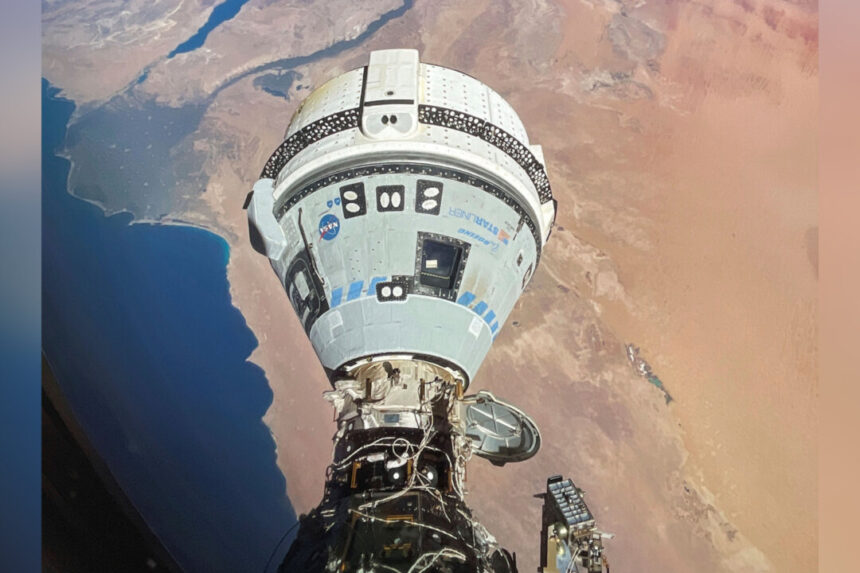Boeing needs to establish ambitious goals and adopt a vision that will truly excite its employees. Elon Musk continues to embody a “willing to fail” mindset, as evidenced by the destruction of three expensive Starship space vehicles in the pursuit of creating a safe spacecraft capable of transporting passengers to the moon and Mars. Similarly, SpaceX’s Crew Dragon spacecraft faced setbacks, with one unexpected explosion and one intentional destruction before successfully completing its mission to the ISS as part of NASA’s Commercial Crew Program.
In contrast, Boeing has taken a more cautious approach, focusing on modeling and simulation to minimize the risk of failed launches and explosions. However, many, including myself, believe that SpaceX’s strategy of testing real rockets yields better and more reliable results at a lower cost. This is evident in the fact that SpaceX, with $2.6 billion from NASA, has achieved more success in crew swap missions than Boeing, which received $4.2 billion for the same program.
This highlights how a smaller company, driven by a visionary leader, can outperform a larger competitor with a greater number of engineers. While Boeing may not need to aim for interstellar travel, it should consider setting ambitious goals and fostering a vision that excites its employees, alongside a renewed focus on quality over quarterly results.
The opinions expressed in this article are solely those of the author and do not necessarily reflect the views of The Epoch Times.
Source link




